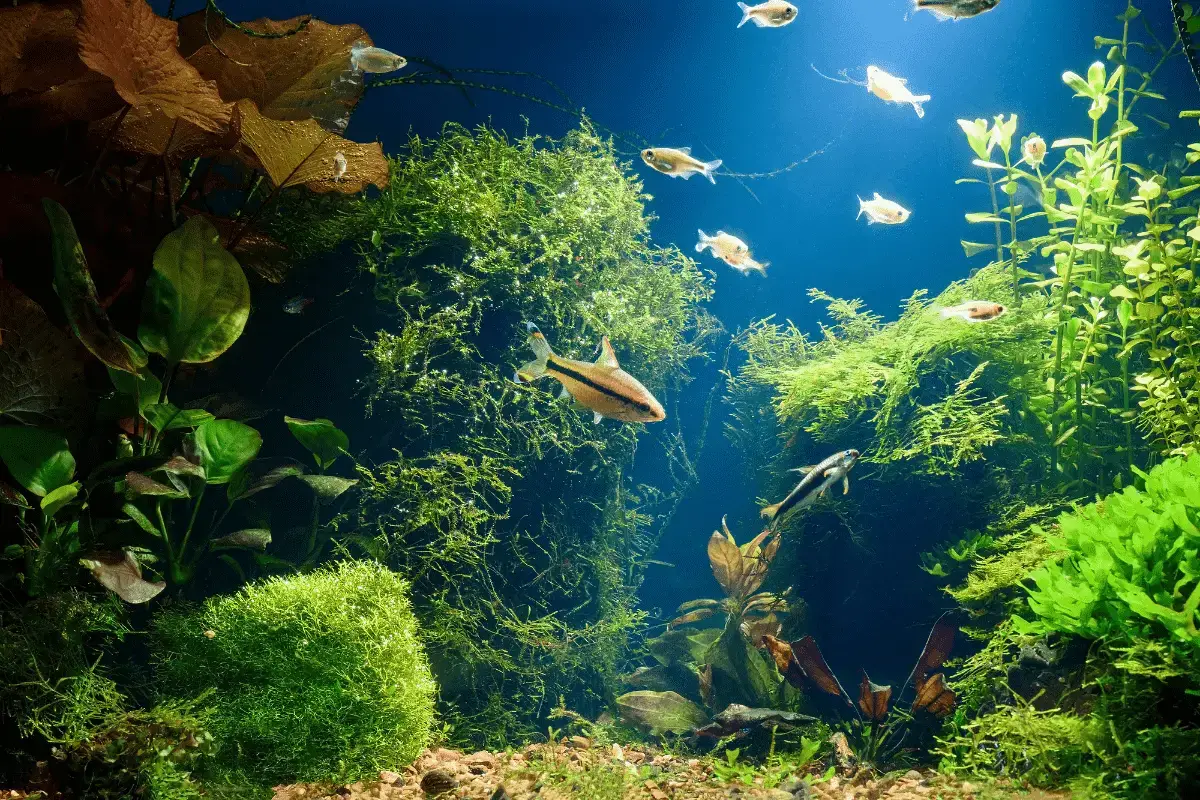
Do Moss Balls Grow? If So, How Fast?
Read more
The best way to care for Spanish moss (Tillandsia usneoides). Simple and fast
Read more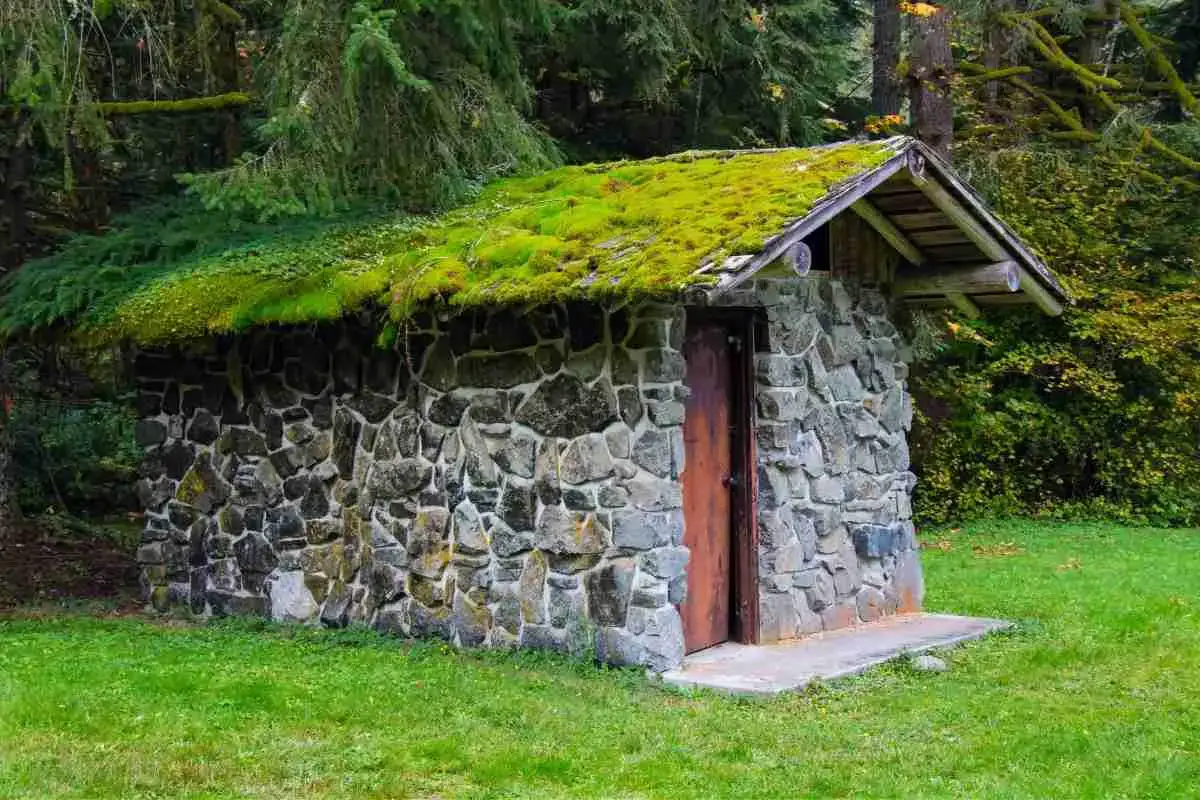
Does Moss (Have And Use) Roots To Grow?
Read more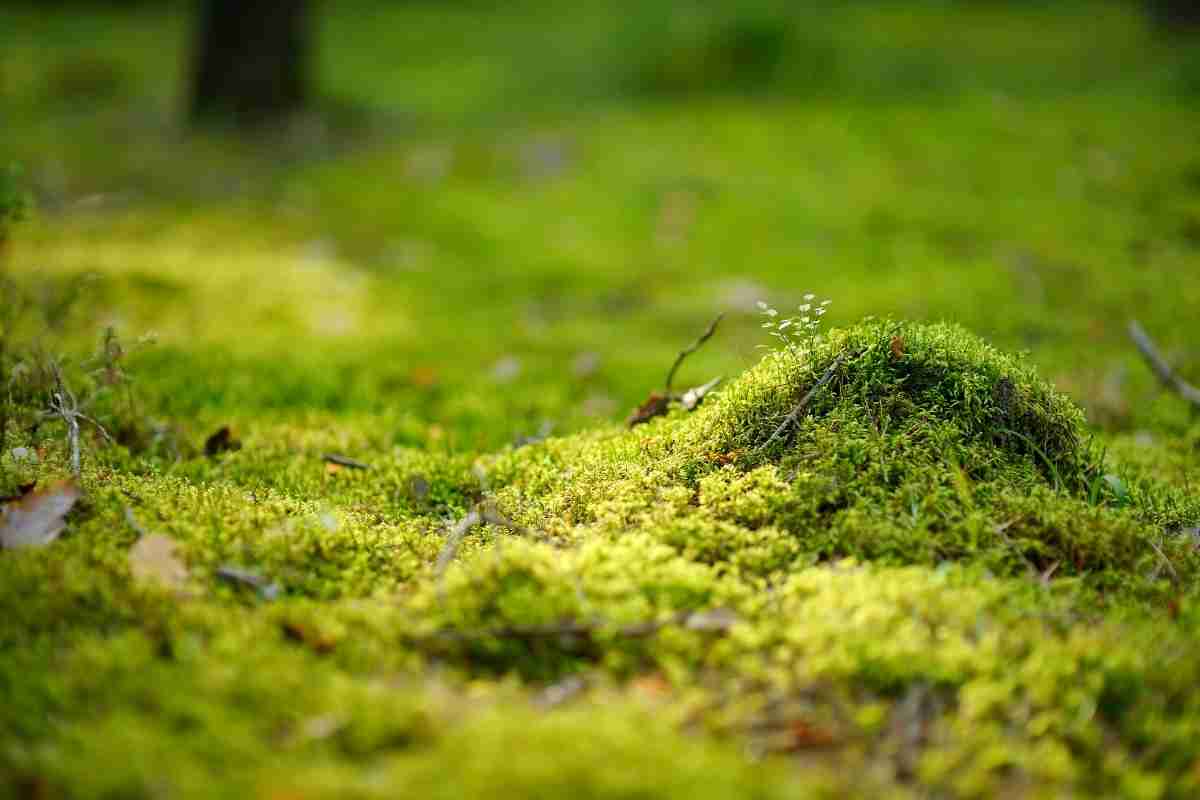
How Fast Does Moss Grow? Detailed Guide
Read more
How to grow moss without moss. And why you’d rather not
Read more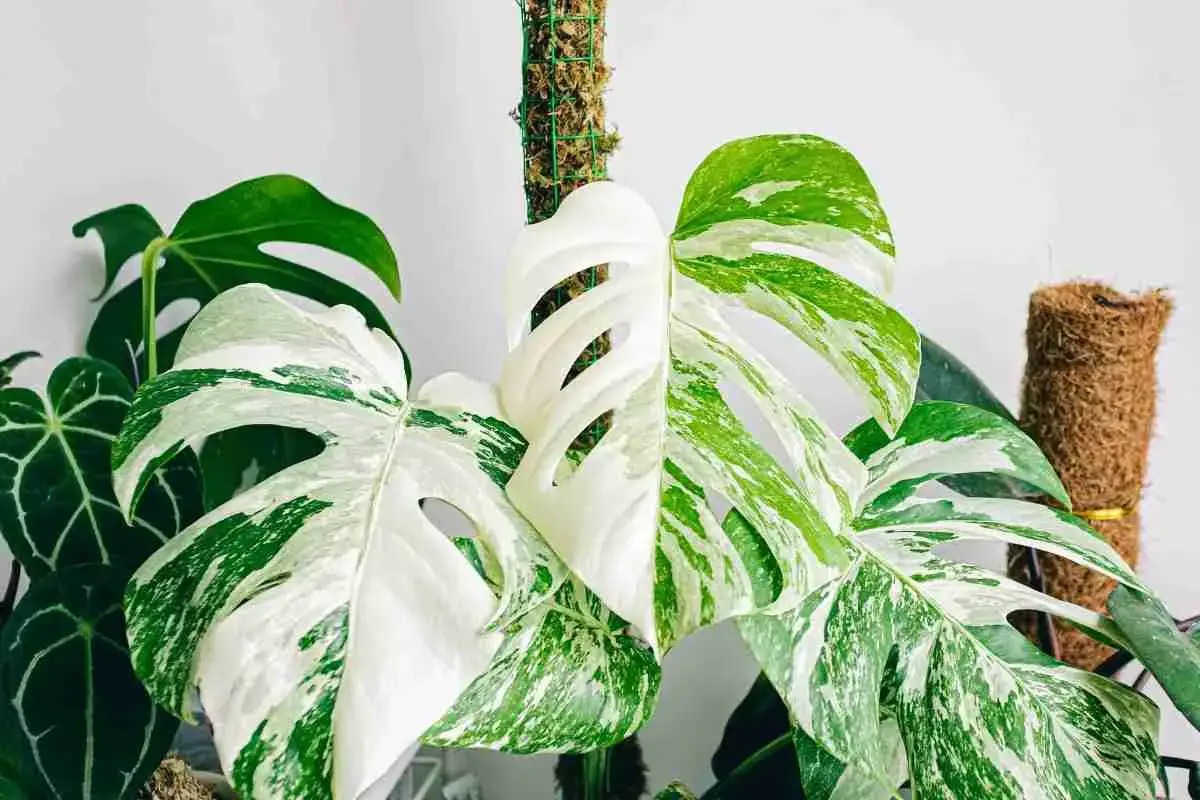
8 Unique And Creative Moss Pole Alternatives
Read more
Best Homemade method to Kill moss on tarmac driveway
Read more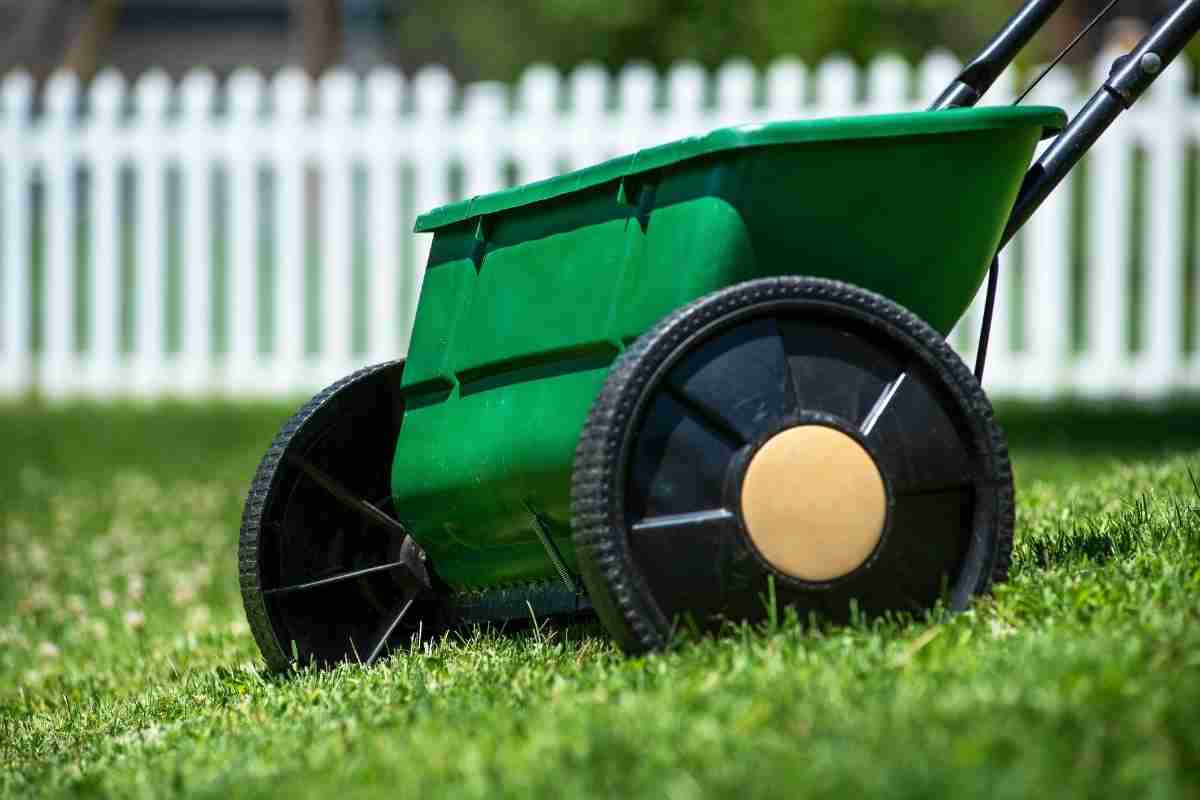
7 Peat Moss Spreaders: Perfect To Use On Lawns
Read more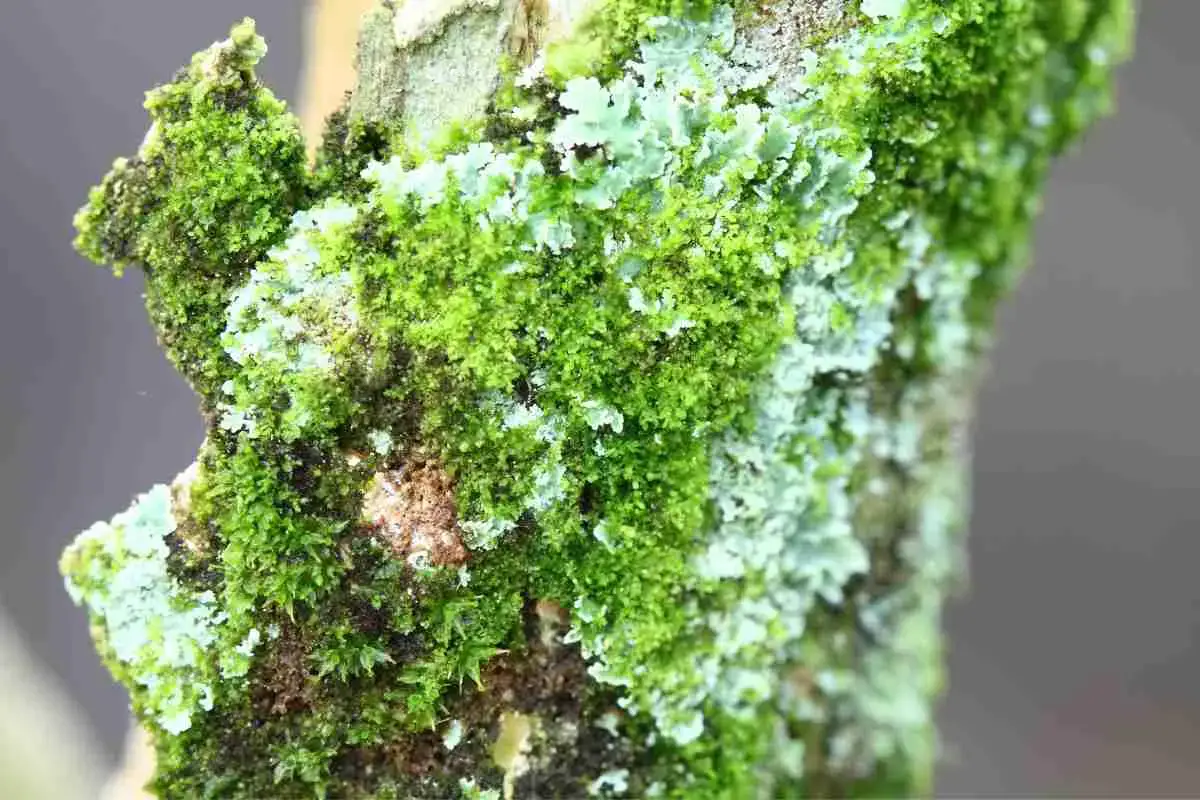
What Do Lichens Eat?
Read more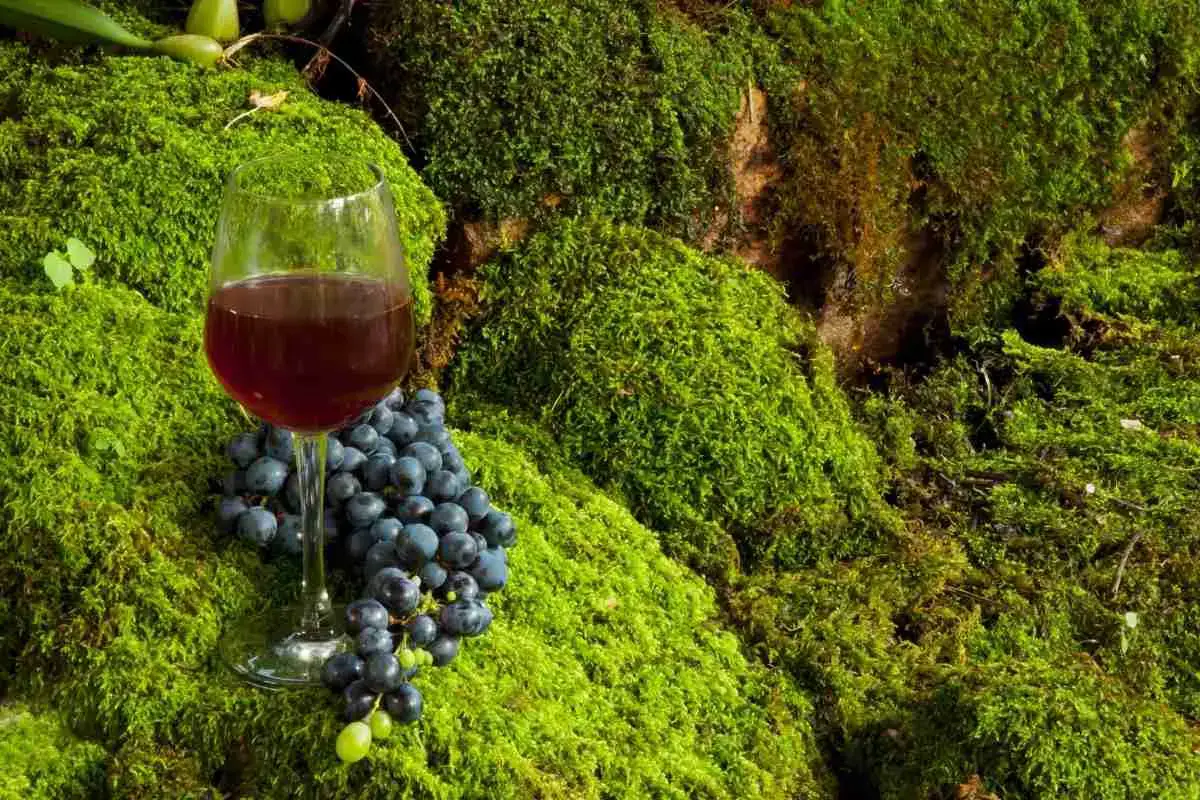
How To Grow Moss On Stone? The Ultimate Guide!
Read more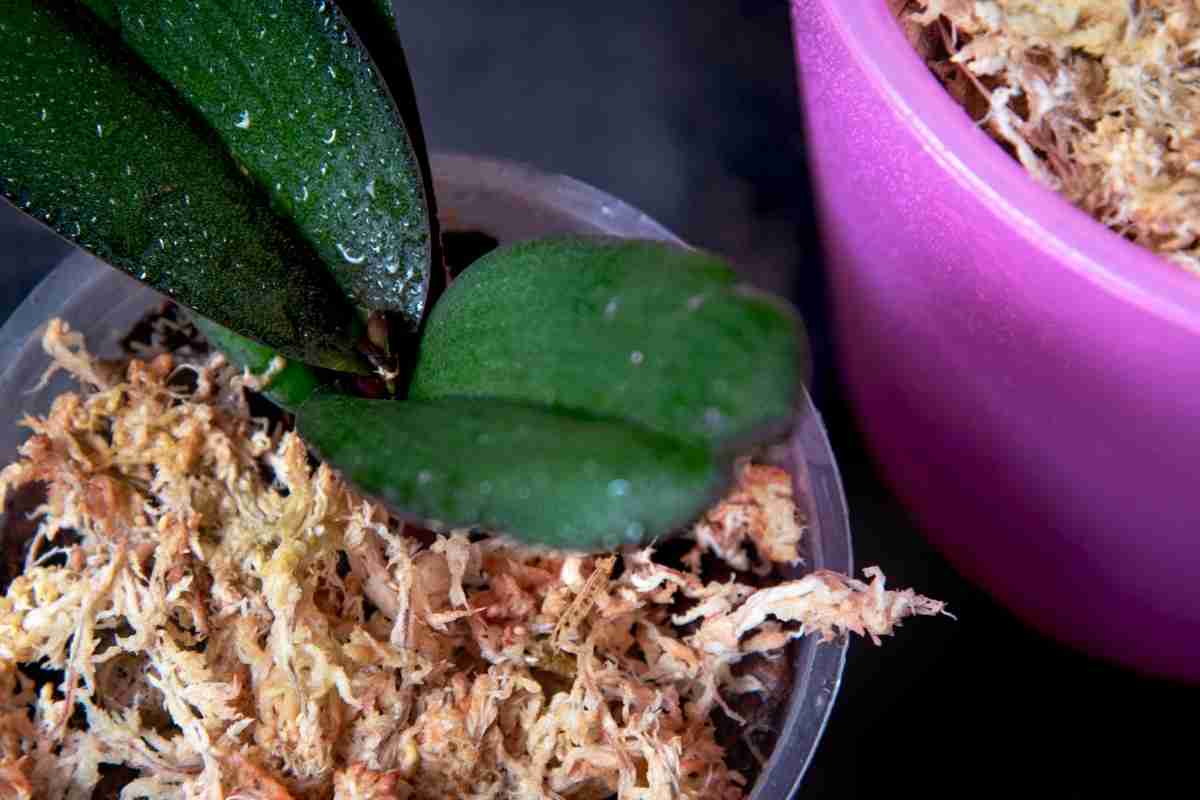
Can Dried Sphagnum Moss Come Back To Life?
Read more